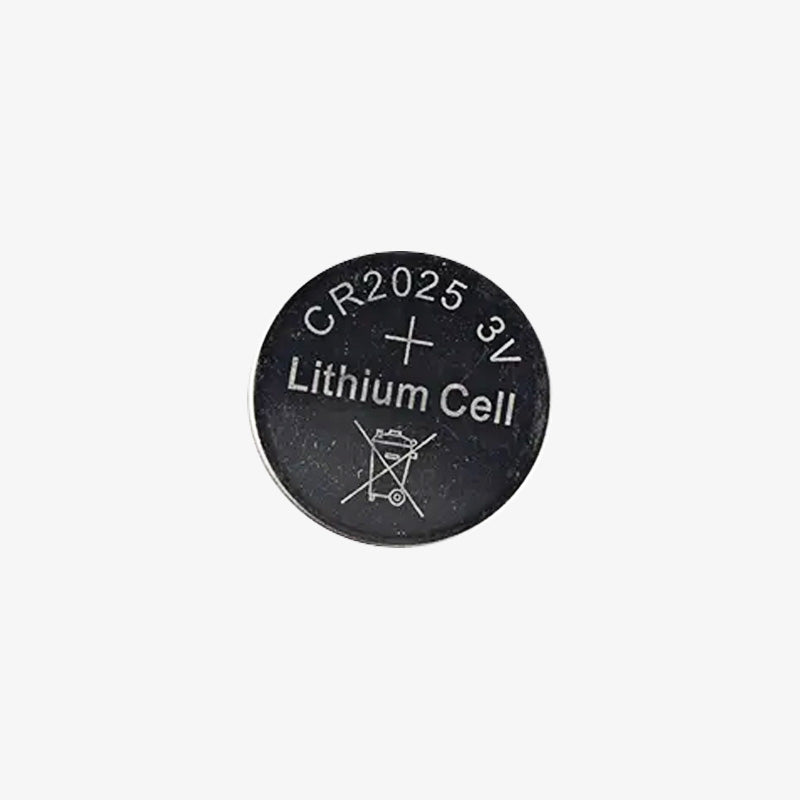How to differentiate between rechargeable and non rechargeable batteries?
Introduction:
Batteries are ubiquitous in our daily lives, powering a wide range of devices from remote controls to smartphones. One crucial aspect to consider when using batteries is whether they are rechargeable or non-rechargeable. Understanding the key differences between these two types is essential for proper usage and disposal. In this article, we will explore the characteristics that differentiate rechargeable and non-rechargeable batteries.

1. Chemical Composition
Rechargeable Batteries:
Rechargeable batteries, often referred to as secondary batteries, are typically made with materials that allow for reversible chemical reactions. Common materials include nickel-cadmium (NiCd), nickel-metal hydride (NiMH), and lithium-ion (Li-ion). These batteries can undergo numerous charge and discharge cycles without significant degradation.
Non-Rechargeable Batteries:
Non-rechargeable batteries, also known as primary batteries, are designed for one-time use. They are composed of materials that undergo irreversible chemical reactions during the discharge process. Examples of non-rechargeable battery chemistries include alkaline, zinc-carbon, and lithium primary batteries.
Voltage and Capacity:
Rechargeable Batteries:
Rechargeable batteries often have a lower voltage compared to their non-rechargeable counterparts. For instance, nickel-cadmium batteries typically have a voltage of 1.2 volts per cell, whereas alkaline non-rechargeable batteries commonly have a voltage of 1.5 volts per cell. Additionally, rechargeable batteries usually have a higher capacity, providing more energy storage for extended device use.
Non-Rechargeable Batteries:
Non-rechargeable batteries tend to have a higher voltage per cell, making them suitable for applications that demand a consistent power supply. Alkaline batteries, for instance, have a voltage of 1.5 volts per cell. However, their overall capacity may be lower compared to rechargeable batteries.
Usage Lifespan:
Rechargeable Batteries:
Rechargeable batteries are designed for multiple charge and discharge cycles. Depending on the type and usage patterns, they can withstand hundreds or even thousands of cycles before experiencing a noticeable decline in performance. This makes them cost-effective and environmentally friendly in the long run.
Non-Rechargeable Batteries:
Non-rechargeable batteries have a limited lifespan and are intended for single-use. Once their energy is depleted, they should be properly disposed of. Attempting to recharge non-rechargeable batteries can lead to leakage, overheating, or even rupture, posing safety hazards.
Charging Characteristics:
Rechargeable Batteries:
Rechargeable batteries require a specific charging process to replenish their energy. Overcharging can lead to damage or reduced lifespan. Different rechargeable battery chemistries have unique charging requirements, and using the wrong charger can be detrimental.
Non-Rechargeable Batteries:
Non-rechargeable batteries should never be charged. Attempting to do so can result in leakage, overheating, or rupture. It is crucial to follow the manufacturer's recommendations for proper disposal after use.
Conclusion:
In summary, understanding the differences between rechargeable and non-rechargeable batteries is vital for making informed decisions about their use, charging, and disposal. Rechargeable batteries offer the advantage of multiple charge cycles and can be more cost-effective over time, while non-rechargeable batteries are designed for single-use applications. By considering factors such as chemical composition, voltage, usage lifespan, and charging characteristics, consumers can optimize their choice of batteries for various devices and contribute to responsible environmental practices.
Comments
Post a Comment